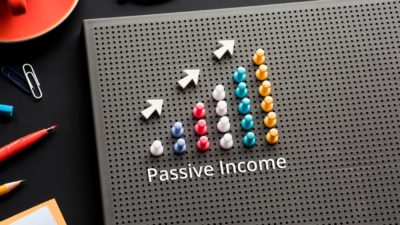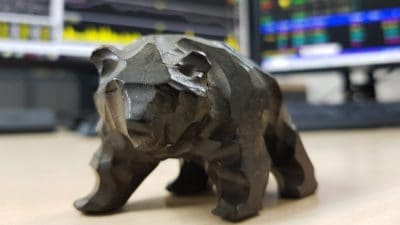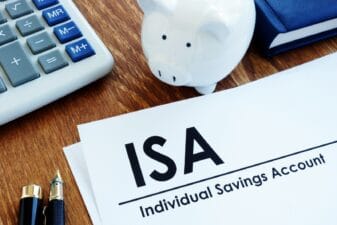The past few years have been good ones for bargain hunting in the London stock market, in my view. While some US shares have hit what I see as unjustifiable valuations, my hunt for shares to buy on this side of the pond keeps throwing up what I think are potentially real bargains.
Nobody knows how long that may last, but I am continuing to make hay while the sun shines (metaphorically, of course: a bit of actual sunshine feels more than overdue!)
Are British shares as cheap as they seem?
The stock market contains thousands of companies and some of them look expensive, not cheap, to me.
Taken in the round, however, there is a perception that even though the FTSE 100 hit a new all-time high last year, many blue-chip UK shares look fairly cheap.
Look at the five biggest shares in the index, for example.
AstraZeneca trades on a price-to-earnings (P/E) ratio of 32 and Relx on 38. But Shell is on 13, HSBC just 8, and Unilever on 21.
Bear in mind those are the most valuable companies. At the other end of the FTSE 100, British Land is on a P/E ratio of 18, Persimmon 14, Londonmetric 16, Hiscox 6, and Endeavour Mining was loss-making last year so a P/E ratio is not applicable.
Still, the overall picture is clear. There are quite a few blue-chip companies trading on a fairly low P/E ratio.
Now, a P/E ratio is only one way to assess value when looking for shares to buy. So while HSBC looks cheap on that metric, I also value bank shares in other ways. But even looking at price-to-book value, for example, HSBC looks cheap to me.
What’s going on in the London market?
Sometimes, a low price is low for a reason. So, just because a share looks cheap, does not necessarily mean that it will be a bargain.
I have started the year by looking for shares to buy for my portfolio.
While I like HSBC’s large customer base, proven business, and attractive dividend yield of 6%, I remain concerned about the risks that an economic slowdown could pose to loan default rates and bank profits. So for now I do not plan to buy HSBC shares.
One share I’ve been buying
By contrast, one share I have been buying lately is JD Sports (LSE: JD).
The retailer has seen its share price fall 14% in a year – and 41% over five years. The potential for an economic slowdown I mentioned above could eat into consumer spending and hurt JD’s sales.
So, when I was looking for shares to buy this month, why did I land on JD Sports?
The market for sportswear is large. Over the long term, I expect it to remain that way.
JD Sports has proven its model in the UK. That market is still ticking over well, but the company has rolled out its formula in markets spanning the globe. Last year’s acquisition of a large US rival ate into the company’s cash but hopefully can add sales and profits in years to come.
The firm has a market capitalisation of £5bn yet expects full-year profit before tax and adjusting items to be close to £1bn. To me, the share price still looks cheap.








